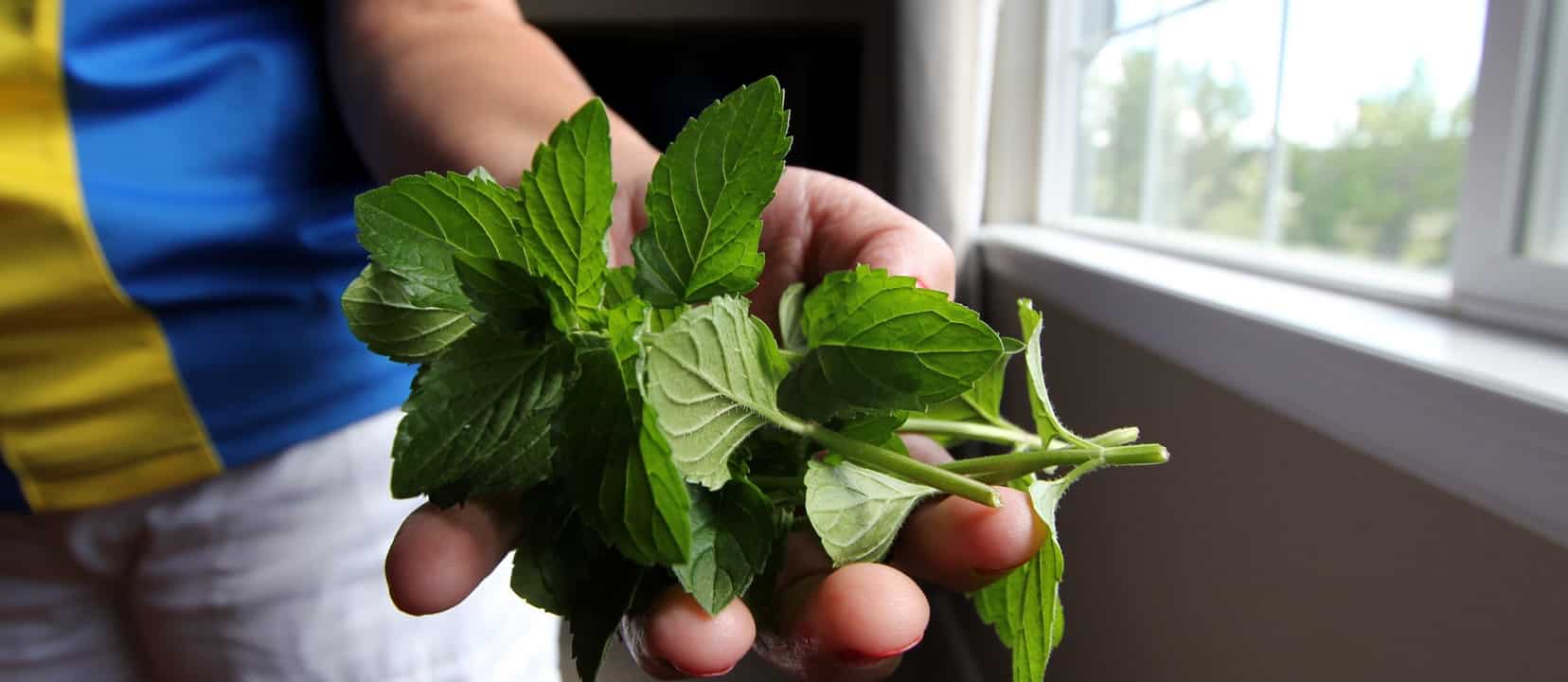Ever since smoking was prohibited in night clubs, customers have increasingly noticed other unpleasant smells present in the club—like body odors. So, researchers in Europe thought they’d try to cover them up. The researchers measured the effects of peppermint, for example, on dancing activity and asked people to rate their energy level. They found that with peppermint scent, people felt more cheerful and danced more, and so, concluded the researchers, “environmental fragrancing may be expected to have a positive effects on club revenue.” Innovative nightclubs are already inviting “aroma jockeys” to smell the places up.
The business community caught whiff of this and thought maybe peppermint smell would get their secretaries to type faster. And it worked! There was improved performance on clerical tasks associated with the administration of peppermint odor.
In an age where athletic competitions are frequently won or lost by mere hundredths of a second, athletes are continually looking for new ways to excel in their sport. Researchers threw some collegiate athletes onto a treadmill and piped different smell into their nostrils, and those on peppermint reported feeling less fatigued, more vigorous, less frustrated, and felt they performed better. But did they actually perform better? See my video, Enhancing Athletic Performance with Peppermint.
A different study published in the Journal of Sport and Exercise Psychology measured actual performance, and participants were actually able to squeeze out one extra pushup before collapsing and cut almost two seconds off a quarter mile dash with an odorized adhesive strip stuck to their upper lip. Interestingly there was no significant difference in basketball free throws. The researchers think the reason is that free throws actually require some skill, and all the peppermint can do is really improve athletes’ motivation.
Unfortunately, follow-up studies were not able to replicate these results, showing no beneficial effect of smelling peppermint on athletic performance; so, how about eating peppermint? Researchers measured the effects of peppermint on exercise performance before and after ten days of having subjects drink bottles of water with a single drop of peppermint essential oil in them. And all the subjects’ performance parameters shot up, churning out 50 percent more work, 20 percent more power, and a 25 percent greater time to exhaustion. Improvements were found across the board in all those physiological parameters, indicating increased respiratory efficiency. They attribute these remarkable results to the peppermint opening up their airways, increasing ventilation and oxygen delivery.
Now, you can overdose on the stuff, but a few drops shouldn’t be toxic. Why not get the best of both worlds by blending fresh mint leaves in water rather than use the oil?
Sometimes aromatherapy alone may actually help, though:
- Wake Up and Smell the Saffron
- Lavender for Generalized Anxiety Disorder
- Lavender for Migraine Headaches
- Orange Aromatherapy for Anxiety
- Peppermint Aromatherapy for Nausea
Beet juice can also enhance athletic performance. See the dozen or so videos in the series starting with Doping With Beet Juice. Other ways healthy food can synergize with exercise:
- Enhanced Athletic Recovery Without Undermining Adaptation
- Reducing Muscle Fatigue with Citrus
- Reducing Muscle Soreness with Berries
- Preventing Exercise-Induced Oxidative Stress With Watercress
- Heart of Gold: Turmeric vs. Exercise
I talk about using the dried in peppermint in Antioxidants in a Pinch. It can also help reduce IBS symptoms, as seen in Peppermint Oil for Irritable Bowel Syndrome.
Some other tea caveats, though:
- Childhood Tea Drinking May Increase Fluorosis Risk
- Protecting Teeth From Hibiscus Tea
- Chamomile Tea May Not Be Safe During Pregnancy
In health,
Michael Greger, M.D.
PS: If you haven’t yet, you can subscribe to my free videos here and watch my live, year-in-review presentations—2013: Uprooting the Leading Causes of Death, More Than an Apple a Day, 2014: From Table to Able: Combating Disabling Diseases with Food, 2015: Food as Medicine: Preventing and Treating the Most Dreaded Diseases with Diet, and my latest, 2016: How Not To Die: The Role of Diet in Preventing, Arresting, and Reversing Our Top 15 Killers.
